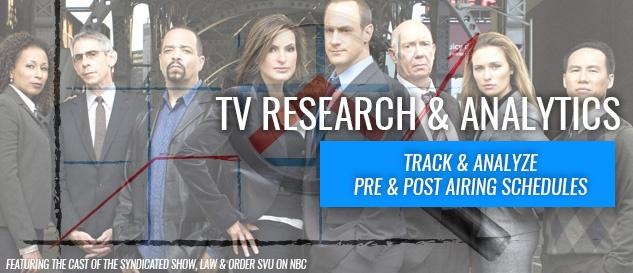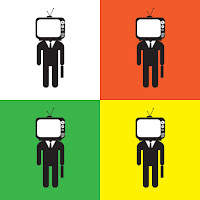Throughout the year, there has been a lot of talk about
skinny bundles – how various cable operators are experimenting with them, and how viewers
are becoming more interested in paying for a package with less channels.
A survey from Digitalsmiths released in June found
that customers would prefer 17 channels for $38/month.
But which businesses are currently providing an option like
this to consumers? That seems to get lost in the conversation. Right now, there
are only two key players. However, other companies are exploring the
possibilities.
Dish - Sling TV
“We’re offering the TV millennials want, plus the online videos they watch, all in one platform,” said Sling CEO Roger Lynch.
Verizon Fios – Custom TV
In April, Verizon Fios announced it would be offering standalone
genre-inspired bundle options for $55/month. These “channel packs” include
groupings like Lifestyle, Entertainment, Sports, Kids, News & Info and Pop
Culture, and tend to feature between 10-20 channels a piece. After selecting
one channel package, additional packs can be added for another $10/month.
“Customers want choice … I think about millennials and how
millennials are viewing video today, for example,” said Verizon Fios president
Tami Erwin on CNBC.
“I think as you look at the economics of going purely a la carte today, those
aren’t good economics for the business, based on how content is sold.”
Approximately 9,000 subscribers
signed up for this package in Q2.
Comcast – Stream
At the end of July, Comcast launched OTT service Stream for its Boston
customers, with a planned rollout for Seattle and Chicago later in the year.
Stream includes HBO and broadcast networks - “about a dozen” - for $15/month, however it appears to be in early stages still.
Stream includes HBO and broadcast networks - “about a dozen” - for $15/month, however it appears to be in early stages still.
“The way we watch TV has become more personal than ever,”
writes Comcast Executive Vice President and General Manager, Video Services
Matt Strauss in a blog post. “I like to watch live on the big screen in my living room. My kids,
on the other hand, prefer to catch up with their favorite shows on their
laptops, on demand … our goal [is] to provide TV choices for everyone.”
Charter
Charter CEO Tom Rutledge is contemplating a skinny bundle,
but nothing has happened yet.
When questioned on the distribution model during an early
August conference call with analysts, he didn’t feel it was an immediate focus.
“We have to take it in big packages,” said
Rutledge. “And as I said earlier, it was a very good model. It's peaked, and
it's -- but it's difficult to make it get better, and so there's a lot of
pressure in the system. My sense is that it isn't all about to fall apart, and
that we'll be having this conversation three years from now, because I think
there's nothing to incent anyone to pull it apart.
It’s an interesting change from his remarks in a May conference call, when Rutledge stated “Would I be rather be able to sell lots of smaller tiers? Yes, I would.”
It’s an interesting change from his remarks in a May conference call, when Rutledge stated “Would I be rather be able to sell lots of smaller tiers? Yes, I would.”
Apple
Previous reports
have suggested this package will include 25 channels for around $30-40/month,
but nothing is for certain at this time.
At the beginning of the month, Lionsgate CEO Jon Feltheimer told investors that he didn't see the skinny bundle as a threat to business.
"Whether there's a fat bundle, skinny bundle or no bundle at all, … we are well positioned to beat this challenge," Feltheimer said.
Given all of this movement, perhaps it shouldn't be seen as a "challenge."
Follow @FYITV
At the beginning of the month, Lionsgate CEO Jon Feltheimer told investors that he didn't see the skinny bundle as a threat to business.
"Whether there's a fat bundle, skinny bundle or no bundle at all, … we are well positioned to beat this challenge," Feltheimer said.
Given all of this movement, perhaps it shouldn't be seen as a "challenge."








Post a Comment